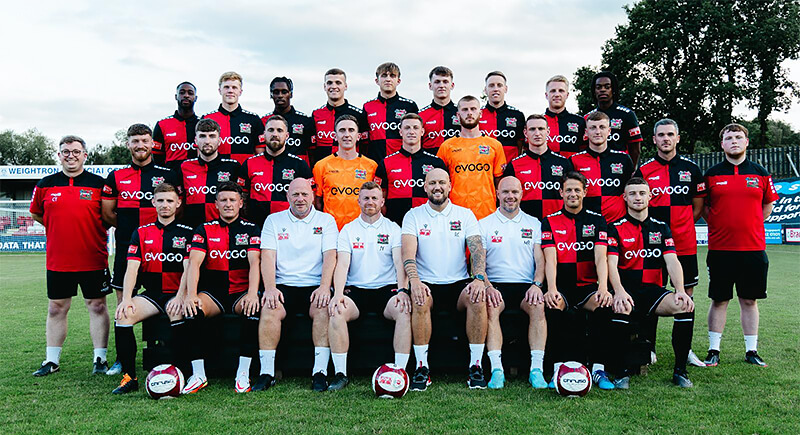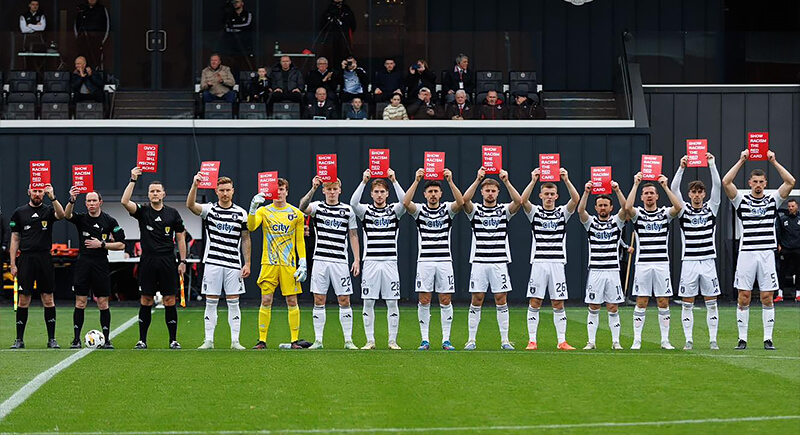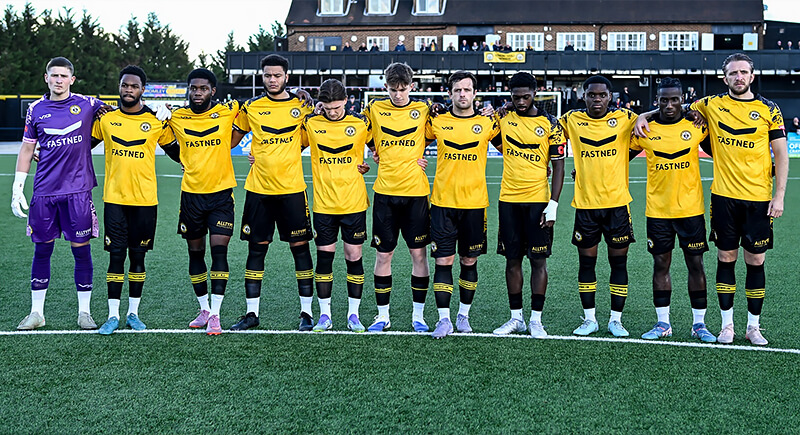10 Football Clubs Older Than Most Countries
Football didn’t begin with TV rights or tactical spreadsheets. The earliest clubs were groups of determined men kicking a ball across lumpy fields, inventing rules as they went, and hoping nobody broke an ankle in the mud. These clubs have been around since the 1800s and have outlived empires, borders, and more than a few rulebooks.
Sheffield FC (1857)

Credit: Facebook
The world’s first football club, Sheffield FC, originated from a handful of locals who sought organized matches rather than chaotic street games. Their early rule experiments shaped the sport long before governing bodies took over. The club’s modern league position may be modest, but its age gives it a status no trophy could ever replace.
Hallam FC (1860)

Credit: Facebook
A short walk from Sheffield’s founders, another club took root on a ground that would later be recognized as the oldest still in use. Hallam’s players competed for the Youdan Cup in 1867 and helped kick-start organized tournaments.
Wrexham (1864)

Credit: Facebook
Wrexham began with volunteers on the Racecourse Ground and built one of Britain’s longest-running football traditions. Generations of Welsh supporters kept it going through promotions, relegations, and decades of modest means. The Hollywood attention arrived much later, but the place already had a full-length history before the cameras showed up.
Brigg Town (1864)

Credit: Instagram
In the market town of Brigg, a group of locals put together a football side that managed to survive well beyond anyone’s expectations. The team’s early cup runs and regional titles turned into a steady community fixture. Even without national fame, supporters kept showing up because the club felt like part of the town’s fabric.
Nottingham Forest (1865)

Credit: Instagram
Nottingham’s earliest members met to discuss shinty and ultimately chose football instead, a decision that eventually led to European trophies that few outside the most significant cities have ever won. Forest’s supporters stuck through the years of rebuilding that followed their historic run. The longevity speaks for itself.
Queen’s Park (1867)

Credit: Instagram
A group of Scottish amateurs helped shape the sport long before professional leagues existed, and their commitment to clean passing and organized play earned them respect across Britain. Their players even formed Scotland’s entire side in the first international match. The club kept going on its own terms as the game grew around it.
Kilmarnock (1869)

Credit: Facebook
A meeting in a local reading room produced a football club that settled into Rugby Park and stayed there for over a century. Kilmarnock built its identity through competition in Scotland’s leagues and a devoted local following. Occasional trophies arrived along the way, but the long-running presence mattered just as much.
Cray Wanderers (1860)

Credit: Facebook
Railway workers looking for weekend activity ended up creating one of London’s earliest football sides. The club’s path zigzagged through amateur and semi-professional eras, stadium changes, and community revivals. Even with shifting leagues and modest crowds, Cray kept playing.
Stoke City (1863)

Credit: Instagram
Stoke Ramblers slowly evolved into a club that helped launch the Football League. Name changes came later, but the foundations reach back to players gathering whenever they could secure a patch of ground. Fans still recall icons like Stanley Matthews, whose presence gave the club a lasting place in football culture.
Notts County (1862)

Credit: Facebook
A small circle of Nottingham sportsmen created a team that would accidentally make history as the oldest professional club. Their early membership in the first Football League cemented that legacy, and a kit delivery mix-up later led Juventus to copy their black-and-white stripes. The club’s badge still reflects a starting point few others can claim.